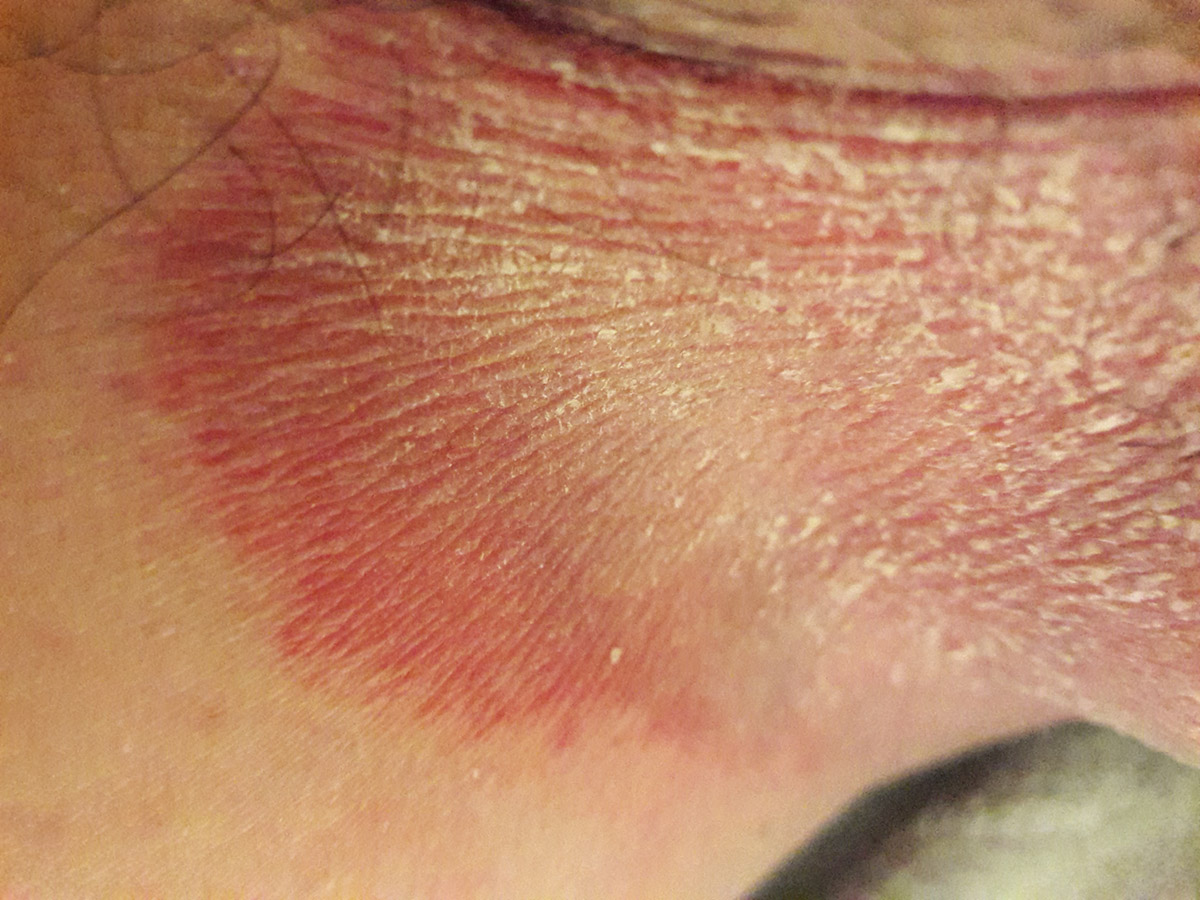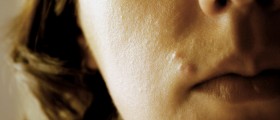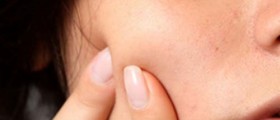
Heat rash is a type of rash which develops due to hot and humid weather. This type of rash does not affect only babies. It is common in adults as well. Heat rash occurs when sweat ducts become blocked and sweat stays trapped inside the skin. In majority of cases of heat rash the skin is covered with superficial blisters. In some people there may even be deeper skin lesions. The affected skin is itchy and pricking.
Heat rash never goes on its own and in extreme cases it requires special medical attention. Fortunately, this type of rash can be easily prevented and even if it occurs it is curable and quickly brought under control.
What are Causes of Heat Rash?
It has not been fully understood why sweat duct becomes clogged in the first place. No matter what the cause is the accumulation of the sweat inside the skin is responsible for the rash. There are many factors that contribute to heat rash. They include immature sweat ducts, tropical climates, physical activity, certain fabrics, medications and overheating. In babies sweat ducts are not fully developed and they are easily clogged. This is why babies suffer from heat rash more than adults. In parts of the world with tropical climate the weather is hot and humid. These weather conditions are most suitable for the occurrence of heat rash. During any type of physical activity the sweat is produced in a large amounts and may cause heat rash. Heat rash can be associated with certain fabrics (particularly those which do not allow normal perspiration and evaporation of sweat). And finally, intake of certain medications can cause the onset of heat rash.
Symptoms of Heat Rash
Symptoms of heat rash generally depend on the type of heat rash. There are several types of heat rash and they include miliaria rubra, miliaria profunda and miliaria crystallina.
The most common form of heat rush is miliaria rubra. Miliaria rubra develops as a consequence of blockage of the sweat ducts located in the epidermis. The affected skin is covered with blister-like lesions and the very skin shows signs of inflammation. These skin lesions are itchy. There is a chance of spread of the rash to large portions of the body. This eventually leads to heat exhaustion.
Miliaria profunda is a more serious form of miliaria rubra. Rash in miliaria profunda affects deeper layers of the skin dermis. This type of heat rash can spread very quickly and occur repeatedly at the same place. Skin lesions in miliaria profunda are in a form of firm and large bumps that resemble goose bumps. They are pink in color. This type of heat rash carries increased risk for heat exhaustion.
Miliaria crystallina is a mild form and features with clear and tiny little blisters, papules and superficial vesicles. There is no inflammatory reaction of the surrounding skin. This type of heat rash affects the most superficial layer of the skin.















-Causes,-Symptoms-And-Diagnosis_f_280x120.jpg)

Your thoughts on this
Loading...